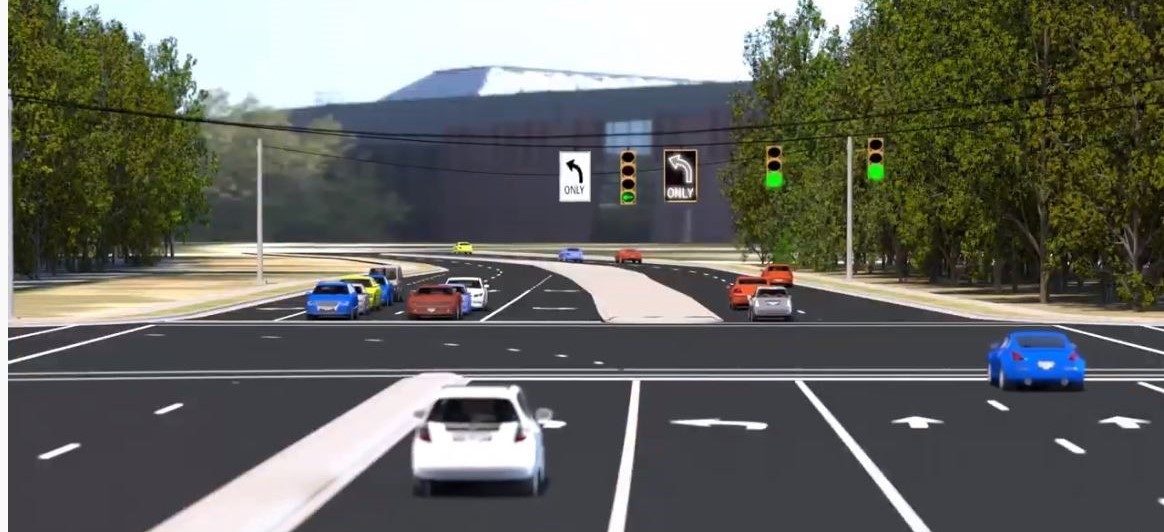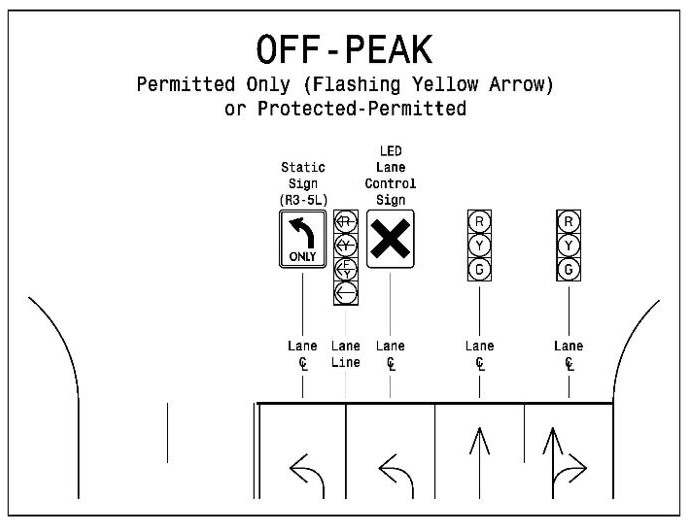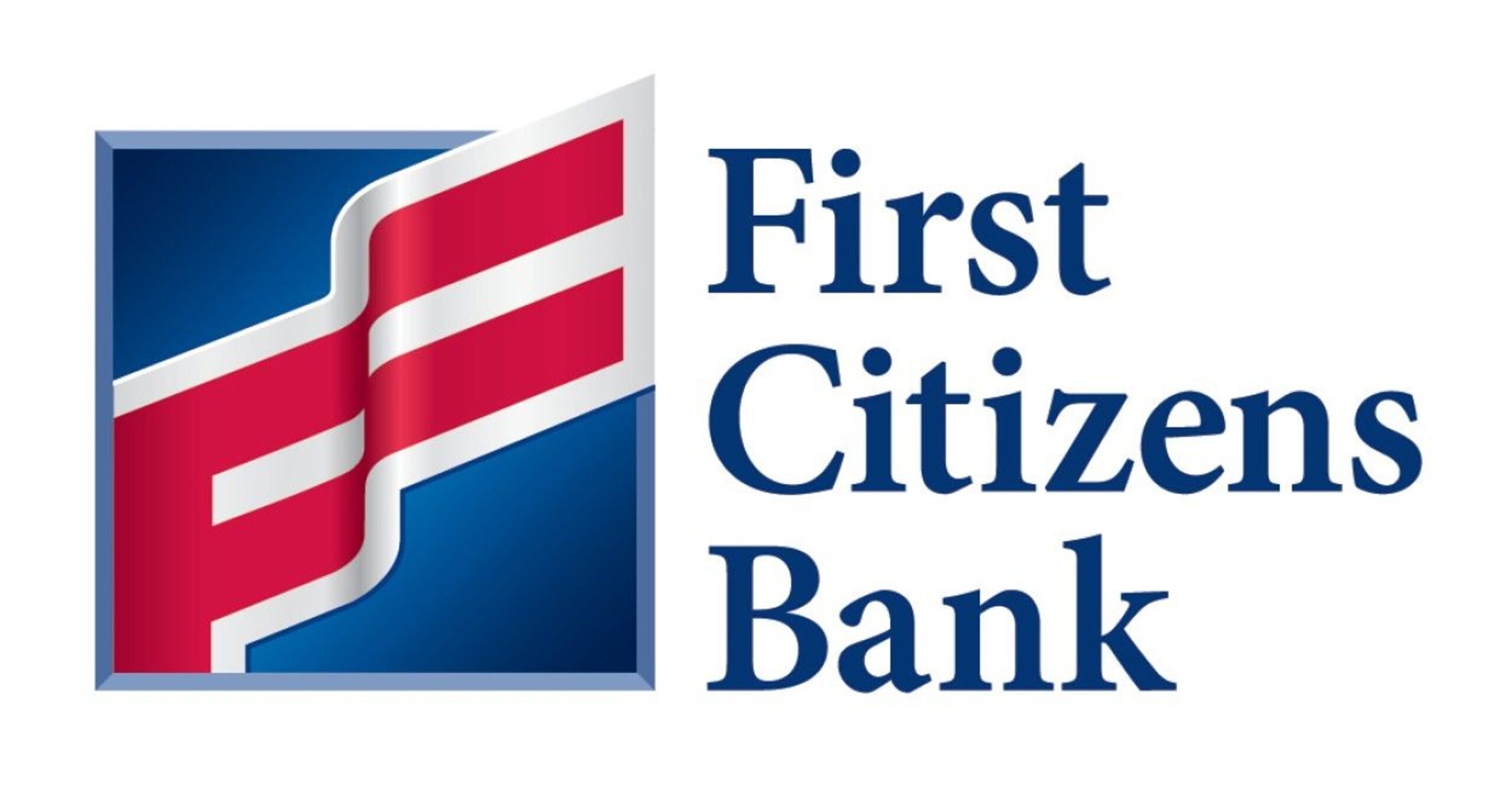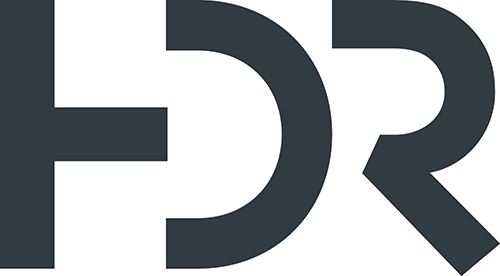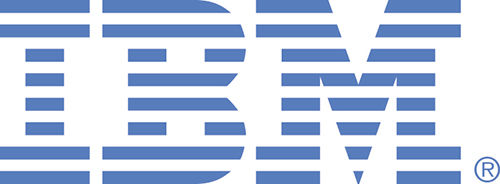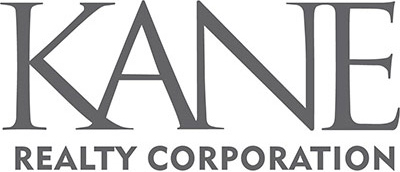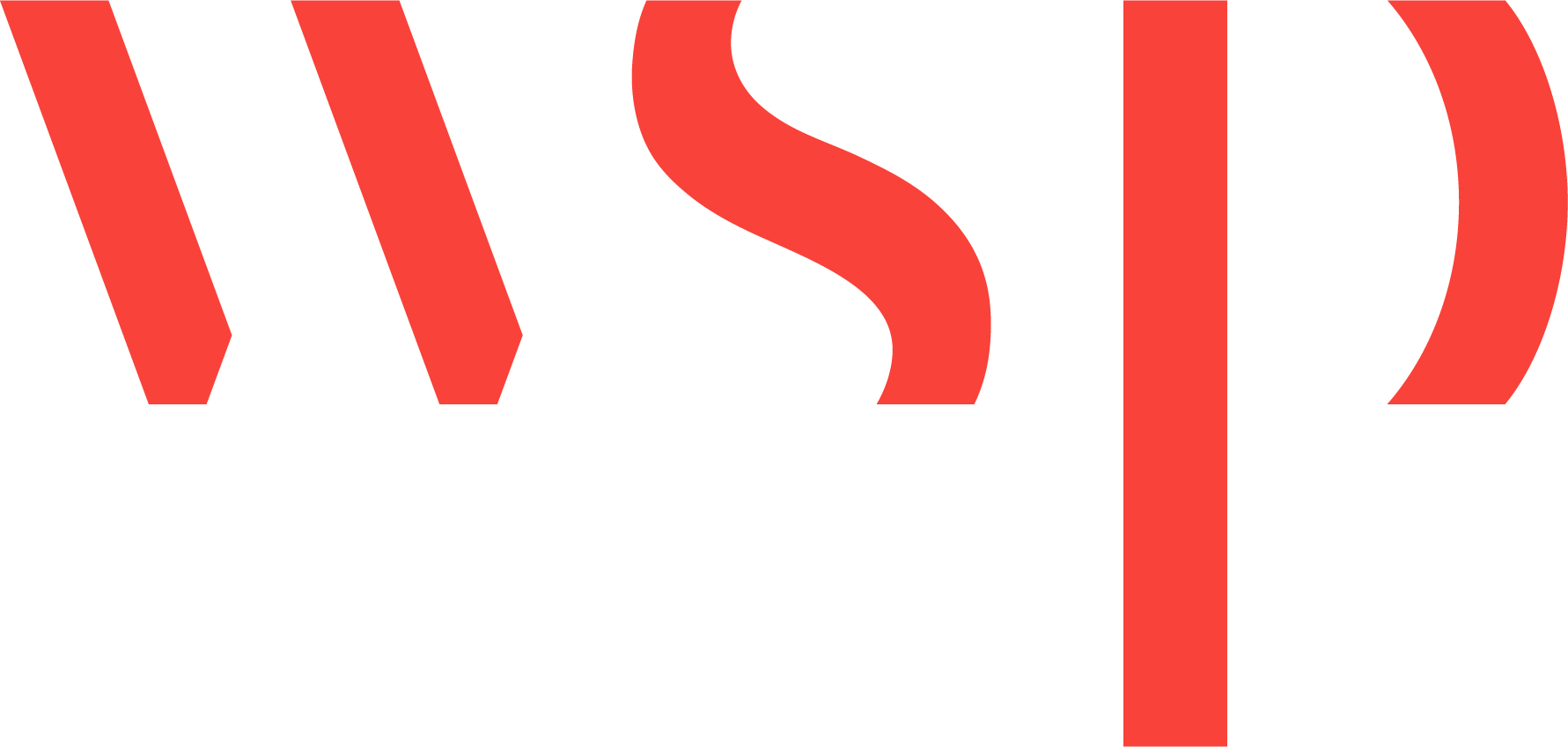Overview. The Dynamic Left Turn intersection (DLTi) treatment allows intersections with two potential left turn lanes to operate more efficiently for the majority of the day when only one left turn lane is needed. A DLTi combines familiar intersection elements in a new way to reduce delay, through the use of overhead lane signals to close the rightmost left turn lane during lower-volume periods. This time-of-day turn lane closure enables a flashing yellow arrow to display for the remaining, single left turn lane during off-peak periods, which reduces delays for travelers, while enabling both lanes to be open during peak periods to maximize approach capacity.
Pilot location in Cary. America’s first DLTi opened on February 14, 2020 at the Tryon Road/Cary Parkway intersection in Cary. RTA proposed and helped develop the DLTi concept with NCDOT and the Town of Cary. NCDOT and Cary have periodically modified the proportion of the day that the intersection operates under various left turn lane phasing and available lane combinations.
Travel time savings. RTA funded an initial analysis to evaluate the effectiveness of this new approach from a travel time savings standpoint. An August 2020 analysis by VHB calculated an annualized user benefit of $86,000, which means that the calculated payback for the approximate $35,000 installation cost would only be around five months. The ongoing, daily delay savings enabled by this innovative, time-of-day design means that the DLTi has effectively paid for itself many times over since its February 2020 installation.
Emissions. RTA also commissioned a brief emissions analysis. A December 2020 analysis by VHB indicated that the reduction in delay is reducing fuel consumption and various associated emissions including carbon monoxide (CO), nitrogen oxide (NOx), and volatile organic compounds (VOC). According to preliminary modeling of the intersection, the more efficient DLTi operation is expected to reduce each of these emissions by approximately 2% compared to the prior configuration.
DLTi resources
Cary presentation at ITS Carolinas annual meeting (March 12, 2024)
RTA presentation at NC section ITE annual meeting (November 9, 2023)
Public Works Management and Policy report (September 23, 2022)
NCDOT presention at RTA Innovations and Solutions Forum (April 15, 2020)
NCDOT press release (Feb. 5, 2020)
RTA analysis of delay at DLTi by VHB (August 31, 2020)
RTA blog (Feb. 6, 2020)
FAQs by RTA (rev. Feb. 8, 2020)
Media coverage
News & Observer (Feb. 5, 2020)
WRAL TV (Feb. 10, 2020)
ABC 11 – WTVD TV (Feb 20, 2020; Feb 10, 2020)
Cary Citizen (Feb 18, 2020)
Intersection innovations
FAQs
Many intersections have two left turn lanes to handle rush hour traffic. A DLTi is a simple treatment to make the intersection operate more efficiently for the majority of the day when only one left turn lane is needed.
A DLTi uses overhead lane signals to close the rightmost left turn lane during lower volume periods. This enables a flashing yellow arrow to display for the remaining, single left turn lane, which reduces off-peak delays for travelers.
A flashing yellow arrow makes any intersection function more efficiently, by reducing cycle lengths and delays:
- Left turning vehicles do not have to wait for a green arrow to turn
- Other approaches do not have to wait while a dedicated green arrow is shown to as few as a single vehicle
At most locations with two left turn lanes, a flashing yellow will not be shown, and travelers can turn left only with green arrows. This increases cycle time and delay for those times of day when only one left turn lane is needed.
While NCDOT does use flashing yellow arrows for both left turn lanes at a few locations, most intersections are more suitable for flashing yellow arrow only for the leftmost left turn lane which has better sight distance.
The leftmost left turn lane will always be open. During peak periods the rightmost left turn lane will open with an overhead white left-turn arrow. During off-peak, the rightmost left turn lane closes with an overhead red “X”.
All of the elements at a DLTi location are familiar to motorists – dual left turn lanes, lane use signals, and flashing yellow arrows. The DTLi combines familiar intersection elements in a new way to reduce delay throughout the day.
We know that incorporating a flashing yellow arrow will make any intersection operate more efficiently and save travelers time. We will learn how travelers respond to the DLTi pilots this spring in Cary and Clayton.
Expected benefits:
- Mitigates or eliminates the “peak capacity vs. off-peak delay” tradeoff
- Eliminates requirement to show the restrictive protected-only phase when such a phase is not needed
- Lowers off-peak delay, by reducing both the number and duration of required signal phases
- Potentially reduces peak delay, by mitigating the tradeoff of building a second left turn lane
- Increases operational flexibility, on a time-of-day, approach-by-approach basis
